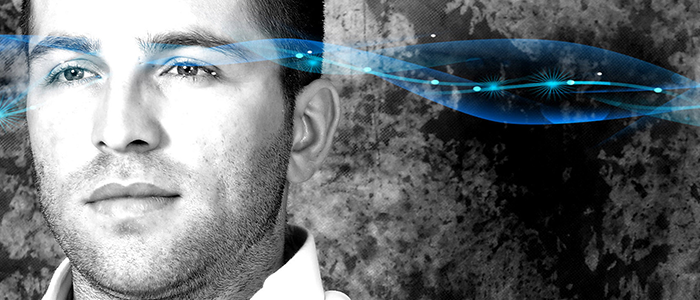
One of the most exciting, new and successful modalities in the treatment of drug and alcohol abuse is Neurofeedback. Neurofeedback involves Electroencephalograms (EEGs)/biofeedback; which are one of the oldest and proven means of brain imaging. The past 10 years of research and practice have yielded results that are more than inspiring; they are becoming a new industry standard by which rehabilitation is conducted. Most treatment centers now have or are developing some form of Neurofeedback /brain mapping or brain imaging. It’s an exciting and promising leap forward in therapy, allowing the treatment center a more in-depth understanding of the addictive brain.
In a nutshell, the brain functions similar to a computer: it interconnects and communicates with itself through electrical activity. EEG’s are established to observe and record electrical activity over the entire scalp. Once they are detailed, precise filters and mathematical equations can be utilized to parallel one person (in this case, the addict) to a database of hundreds of other people. There are various names for the analysis; some are brain mapping, and Brainpaint. Most of the general public is aware of the Luminosity program, which is advertised on television. These are assessment tools that enable a Neurofeedback staff to accurately render a detailed assessment of the particular client’s needs. The results show us each area of the brain that is significantly different from the rest of the population. These variances can contribute to certain pathological behaviors (namely cravings and addiction), and these can then be treated through various methods, one of the most popular being neural rehabilitation.
Neural Rehabilitation can range from computerized cognitive training exercises to biofeedback exercises, which are a kind of ‘brain aerobics’. By engaging in these exercises, patients develop a neurologically integrated and developed sense of self, hopefully developing an increased capacity to maintain sobriety. The attraction of these tools lies in the simplicity that they are performed in. Generally, it only takes a computer and monitor. The client is led through various levels of exercises and games which are based on the level of their own comprehension as well as the initial EEG assessment. It is most successful in a consistent series of exercises, generally done 2-3 times a week over a period of 2-3 months, which is tailor-made for most 60-90 day programs.
In the coming months and years, we will be hearing about new types of treatment implementations, as this revolutionary therapy is currently and constantly being refined. If you are planning to enter treatment, inquire if the facility you are entering offers Neurofeedback therapy, and do keep an open mind. The future’s a wonderful thing…